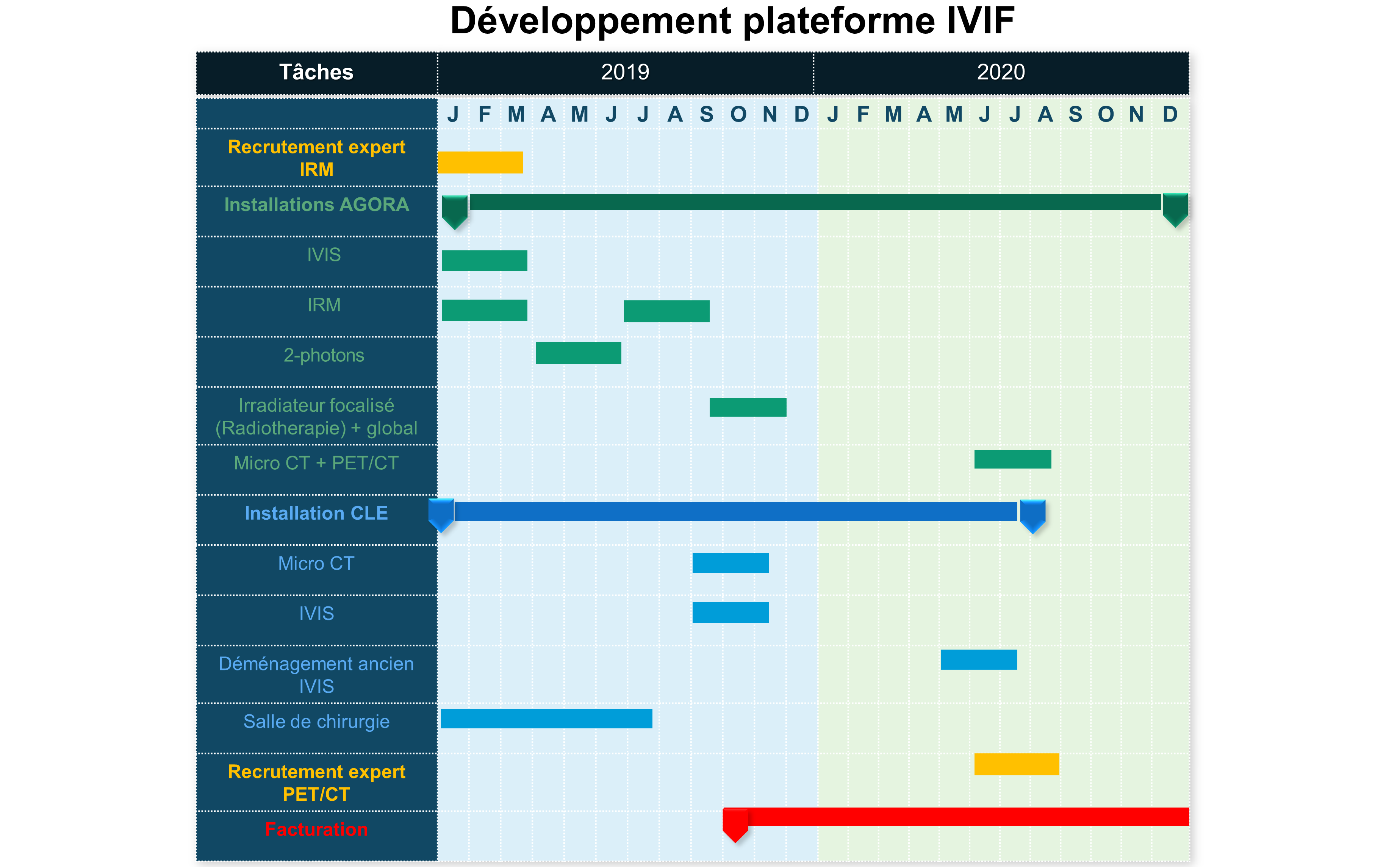
2 years of IVIF developement

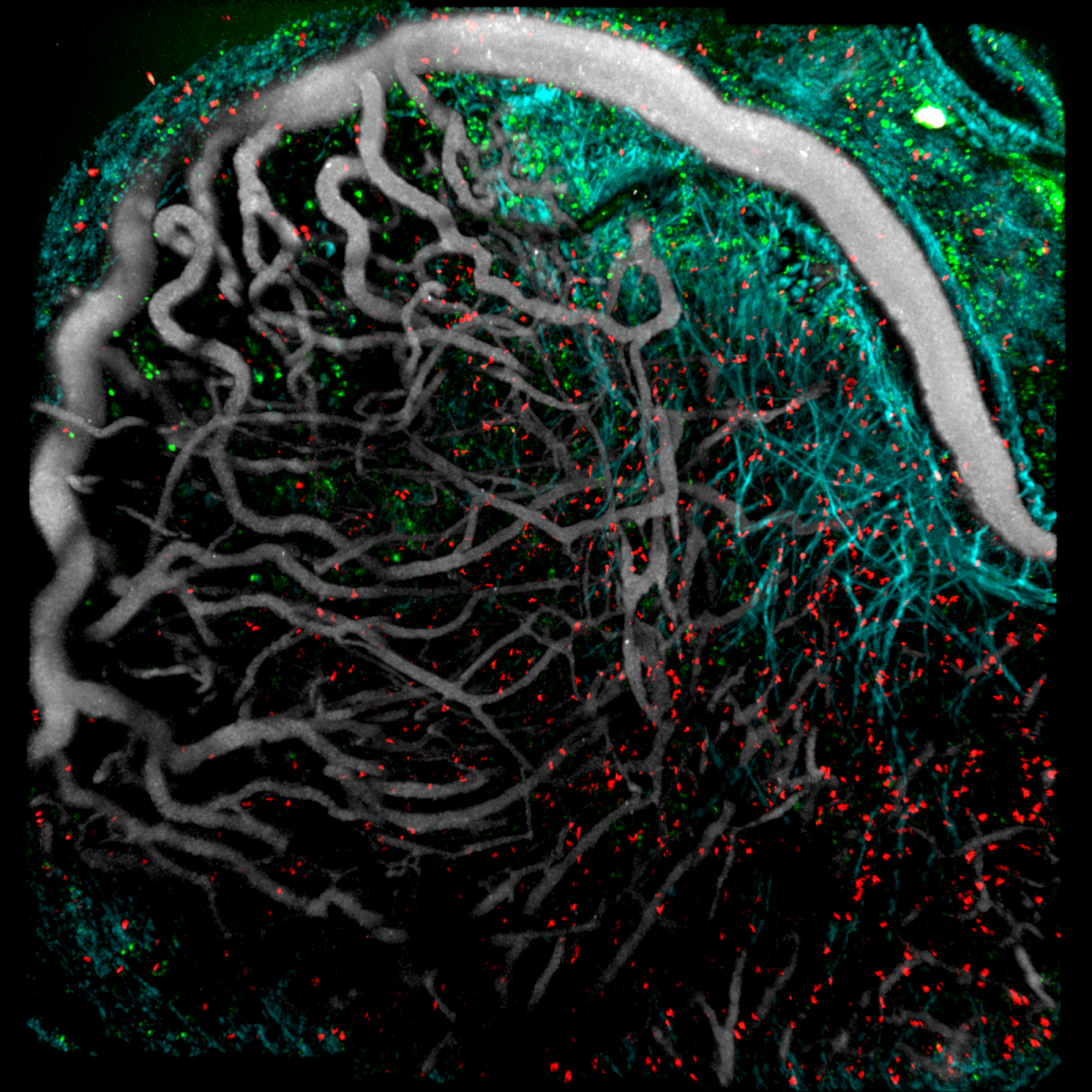
Preclinical: MRI – Micro CT – Optical Imaging – PET – SPECT – Two-photon microscopy – ultrasound

Dear users,
In the effort of limiting our team members on site during this second wave of COVID-19 we have decided to set up our support with one floating on-site IVIF staff between CLE and Agora and another person on remote at each time, until further notice.
All systems have been installed with remote access softwares and at any time please call us on our cell phone directly or by whatsapp is needed to show us by cam the situation (reminder Alexandre : +41795566771 or Roberto : +41795569271).
Trainings and specific experiments must be planned ahead of time to give us the possibility to get organized to assist you the best possible on site.
Thanks for your understanding and collaboration
Dear IVIF users,
As you may know, we have recently installed a microCT at the AGORA.
A four-day training will be given by a Bruker application scientist, starting Monday October 26.
This training will cover the entire workflow from acquisition to analysis.
Please contact us to book a slot.
Dear IVIF users,
The replacement of the X-ray tube and the high tension cable on the RS2000 were successfully done yesterday. It is now working properly, but please pay attention to the new dose map below.
Again looking at dose map you can easily see that the RS2000 can replace the cesium irradiator for mice and cell irradiation.
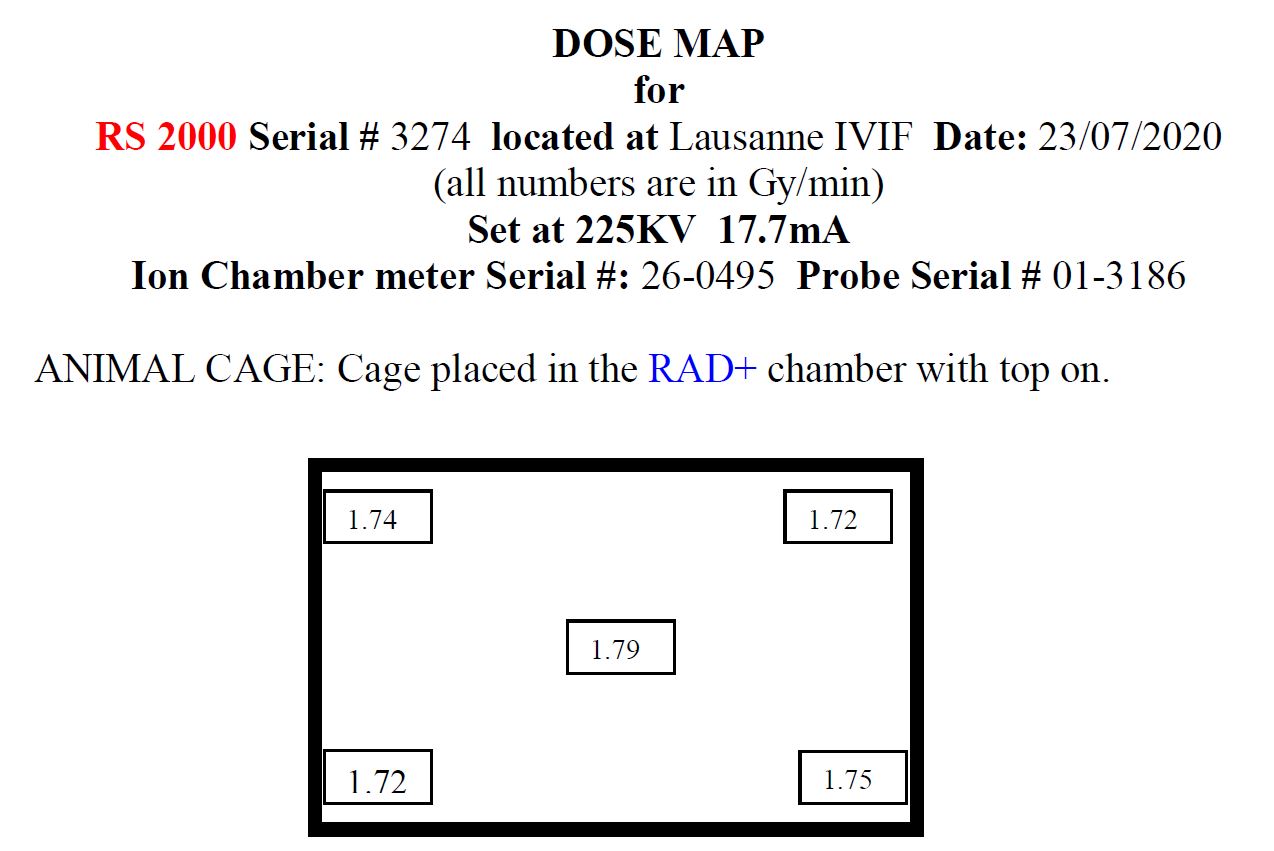
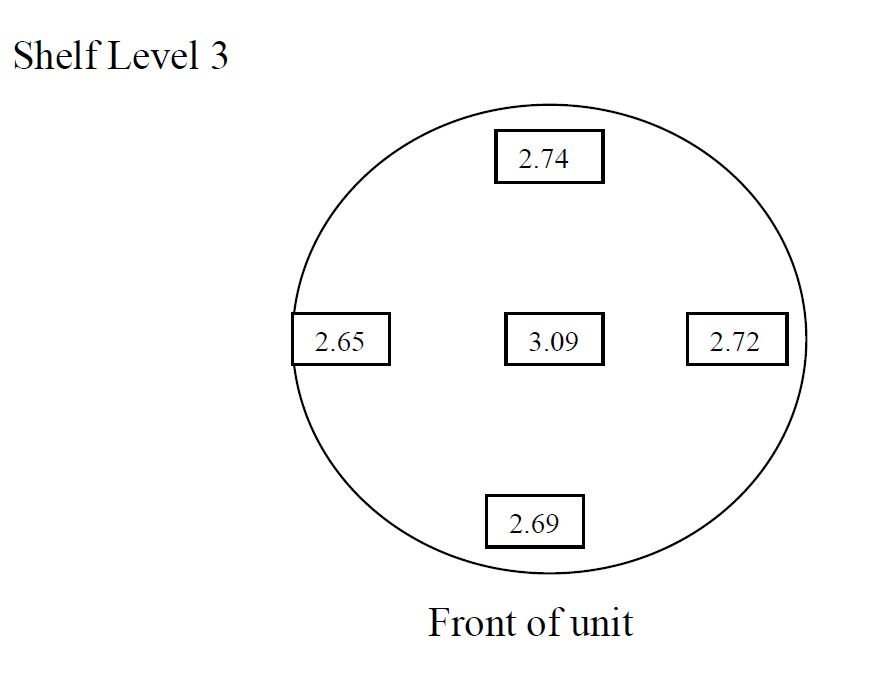
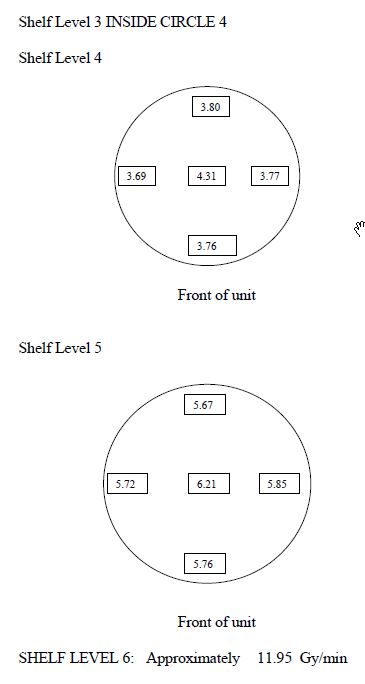
Do not hesitate to ask for help,
best regards
Last week, we have completed the installation of two brand new systems – a Micro-CT and a PET/CT, both from Bruker – which will be soon bookable from IRIS. For both systems, a training given by a Bruker application specialist will be organized. More information will follow.